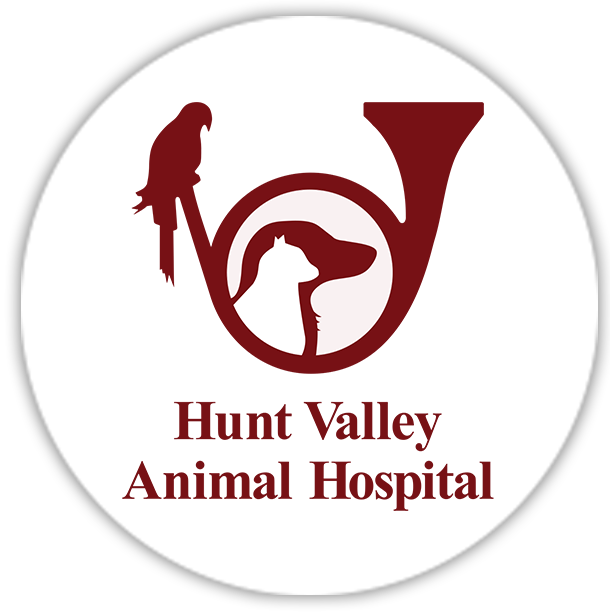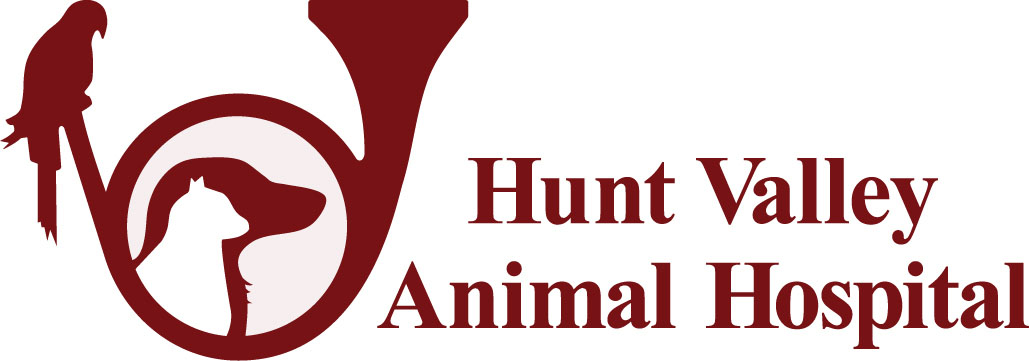Gastric Dilatation-Volvulus (GDV) is a rapidly progressive life-threatening condition that affects millions of dogs every year. In the beginning, the stomach fills with gas, food, foam, or air, causing the stomach to bloat, causing a gastric dilatation or enlargement.
If the condition persists, the stomach continues to fill with gas and twists and progresses from simple gastric dilatation or Bloat to GDV. With no release, the stomach continues to expand and twist, cutting off the blood supply. At the same time, pressure is placed on internal organs, making it difficult for your dog to breathe and creating a life-threatening emergency where surgery and immediate veterinary care are needed.
The exact cause of Bloat GDV is unknown, but there is a multitude of factors that can make a dog more susceptible to developing this condition, such as:
- Genetics – Large breed dogs with deep, narrow chests can be at higher risks at developing GDV
- Eating habits – Eating one large meal a day, exercising after eating, and eating or drinking too quickly can be contributing factors
- Age – Dogs over 7 are more likely to develop GDV than others
It is important to note that any dog, regardless of age, size, and breed, can develop GDV.
Symptoms
Most dogs will go into shock as soon as signs of GDV are realized, and death can occur within a matter of a few hours. It is essential to take your dog to the vet as soon as you notice any symptoms of GDV. The following are the most common signs of bloat GDV in dogs:
- Enlarged abdomen
- Rapid or shallow breathing
- Increase in heart rate
- Cold body temperature
- Unsuccessful attempts to vomit
- Excessive saliva
- Pale nose or gums
- Restlessness, pacing, and anxiety
- Shock
- Collapsing
Treatment
Bloat GDV is a life-threatening emergency that requires immediate veterinary attention. Once at the clinic, your vet will be able to relieve pressure on the stomach wall and internal organs. Shock treatment will also begin right away so that once your dog is stable, the surgical correction of GDV can begin if necessary.
What can you do?
Bloat GDV can be tough to prevent because the exact cause is not always known, and even with preventions, sometimes your dog may still get Bloat GDV. Some things you can do to help your dog avoid developing this condition include:
- Breaking up Meals – Instead of giving large meals, multiple meals throughout the day of smaller portions can help.
- Slow down their eating – overzealous eats may be at risk for bloat. Special bowls like puzzle feeders are designed to slow your dog’s intake. If your dog has siblings, separating them during meals can help them not feel rushed.
- Avoid exercising after a meal – encourage your dog to relax after eating.
- Keep water available at all times.
Your veterinarian may also recommend gastropexy surgery, where the stomach is attached to the body wall to reduce the likelihood of the dog’s stomach rotating. Please note that though this does prevent twisting of the stomach in most cases, there is still a chance of your dog’s stomach twisting and developing into GDV even with surgical preventions.
For more information on Bloat GDV and how you can reduce your dog’s risk, please contact Hunt Valley Animal Hospital today.


